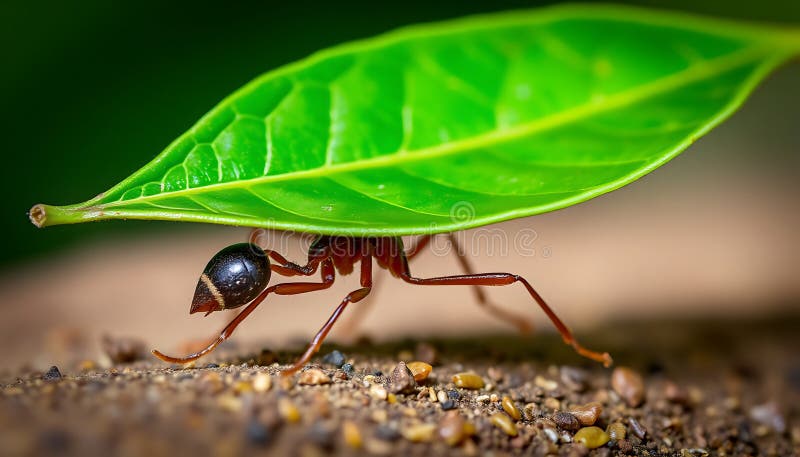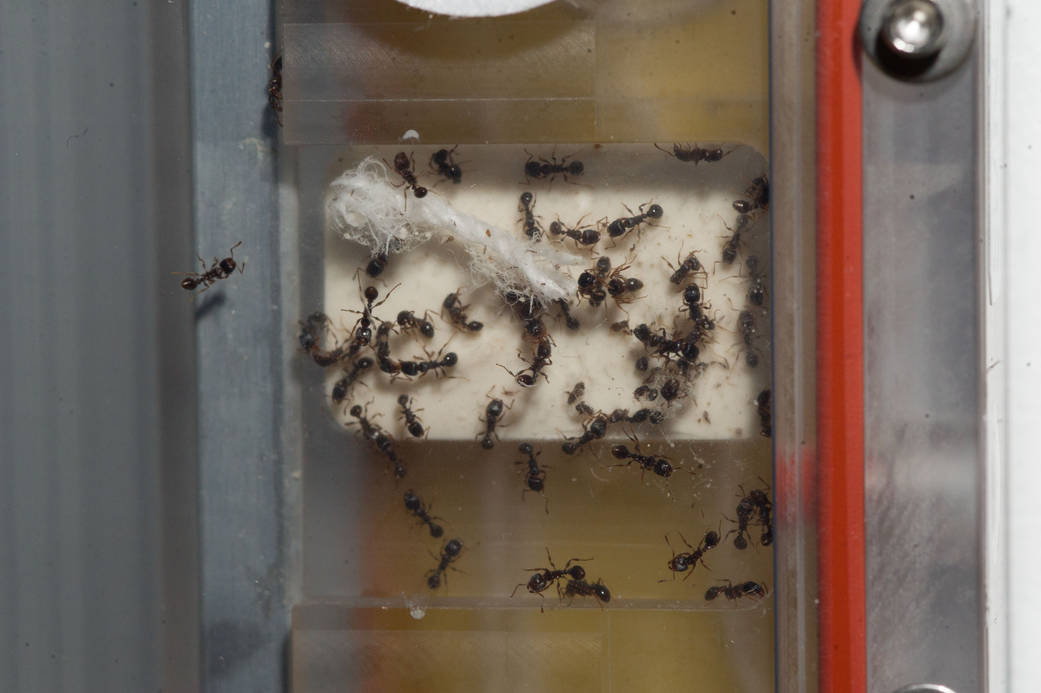The song "Fly Me to the Moon" speaks of grand dreams and ambitious journeys. It's a human sentiment. But what if we applied that same sense of wonder to one of Earth's most successful and ubiquitous creatures: the small ant?
While an ant cannot literally fly to the moon, its real-life abilities are, in many ways, just as extraordinary as any science fiction tale. From superhuman strength to advanced navigation systems, the humble ant is a marvel of biological engineering. Let's explore the "superpowers" that would be in its mission dossier if it ever did take that giant leap for an insect.
Mission Dossier: The Small Ant
Mission: To overcome impossible odds through incredible feats of biology.
Key Abilities ("Superpowers"): Extreme strength, a built-in GPS, collective intelligence.
The Final Frontier: Ants have already been to space aboard the International Space Station.
[Here: A stunning nature documentary clip showcasing the collective problem-solving abilities of an ant colony.]
Superpower 1: The 'Rocket Engine' – Extreme Strength
The first requirement for any ambitious journey is power. An ant possesses this in abundance. You have likely seen an ant carry a leaf crumb or another insect many times its own size. This is a display of one of its most famous superpowers: an incredible strength-to-weight ratio.
According to research institutions like Arizona State University's School of Life Sciences, many ant species can lift objects that are 10 to 50 times their own body weight. If a human had this proportional strength, they could easily lift a car. For an ant, this power isn't about showing off; it's the "engine" that allows it to reshape its environment, build complex nests, and carry vital resources over vast distances.

Caption: An ant's ability to lift objects many times its own weight is a testament to its incredible biological design.
Superpower 2: The 'Navigation System' – A Built-in GPS
A trip to the moon requires a flawless navigation system. Ants have one of the most sophisticated guidance computers in the natural world. A foraging ant can travel hundreds of feet from its nest—a journey equivalent to a human walking dozens of miles into an unfamiliar wilderness—and still find its way back home in a nearly straight line.
How do they do it? Scientists have discovered they use a combination of methods:
The Sun Compass: Ants can use the position of the sun in the sky as a celestial compass.
Pheromone Trails: They leave behind chemical trails that they and their nestmates can follow.
Step Counting: Incredibly, as research published in the journal Science has shown, some ants effectively count their steps to measure distance traveled.
This complex, multi-layered navigation system allows an ant to explore its world with a precision that rivals any human-made GPS.
Superpower 3: The 'Mission Control' – Collective Intelligence
No astronaut gets to the moon alone, and no ant achieves greatness in isolation. An ant's most profound superpower belongs to the colony, which acts as a single "superorganism."
Through a phenomenon known as swarm intelligence, hundreds of thousands of individual ants, each following a simple set of rules, can collaborate to achieve mind-boggling tasks. They can form living bridges with their bodies to cross gaps, build complex, ventilated structures, and determine the most efficient routes to a food source. This decentralized "mission control" allows the colony to adapt, learn, and solve problems far beyond the capacity of any single ant.
The Final Frontier: Ants in Space
The idea of an ant in space isn't just a metaphor. It's a reality. In 2014, NASA sent an ant habitat to the International Space Station (ISS) to study how their collective search behaviors worked in a microgravity environment. These experiments helped scientists understand and develop better algorithms for robotics and computer programs. The small ant has, quite literally, contributed to space-age technology.

Caption: Ants have already been a part of scientific missions in space, helping researchers study complex systems.
So, while a small ant may never ask you to "fly it to the moon," it doesn't have to. Every day, it performs feats of strength, navigation, and teamwork that are, in their own world, just as miraculous. It is a constant reminder that even the smallest among us are capable of achieving the extraordinary.
